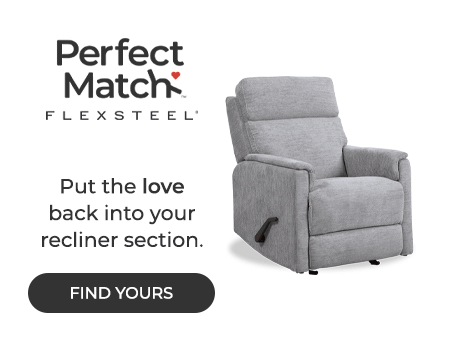In case you missed it, Zillow just dropped a stat that turned a few heads: Housing inventory is up — and not just by a little.
For the first time in quite a while, we’re seeing a significant rise in available homes on the market. After years of low supply and record-high prices, this shift could mark the beginning of a long-awaited turn in the housing cycle. But what does that mean for us in the home furnishings world?
You can see the Zillow release here.
Let’s break it down.
Why Inventory Is Finally Rising
A few key factors are behind the uptick in housing inventory:
- Higher mortgage rates are finally sinking in. Some would-be sellers sat on the sidelines for months, unwilling to give up their 3% mortgage for a 7% one. But life happens — people relocate, downsize, divorce or grow their families. Many are reaching a point where they have to move, low rate or not.
- New construction has caught up. Builders who were stalled by supply chain issues during the pandemic are now delivering homes they started a year or two ago. This surge in completions is finally adding volume to the market.
- Prices may be peaking. In some regions, homeowners are starting to worry that the top has already passed. Listing now feels safer than waiting until fall or 2026 and risking a stale market.
Together, these factors are swelling the available inventory — and that could push the market closer to equilibrium or even tip it slightly toward buyers.
The Good News for Furniture
If people start buying homes again — especially first-time buyers or those making a major upgrade — it can mean good things for us.
- More move-ins = more furniture sales. New homeowners almost always need something new: a sofa that fits the living room, a dining table that doesn’t wobble or a bedroom set that doesn’t scream “college.”
- Retail foot traffic could get a boost. Furniture stores near hot housing markets may see more action in the coming months, particularly if inventory gains continue through Q3 and Q4.
- It reactivates the “home as a project” mindset. When buyers feel like they’re getting a deal — or at least more options — they’re more inclined to imagine transforming a space, not just living in it. That’s when design services, decor and higher-ticket items start moving again.
But Let’s Not Pop the Champagne Yet
There’s also a flip side here, and it’s worth watching closely.
- Not all inventory is moving. A lot of the new listings are still overpriced or outdated homes that aren’t flying off the market. Until buyers close and move in, the furniture sales won’t follow.
- Affordability is still a problem. Even with more homes available, high interest rates mean monthly payments are still steep. That could leave new homeowners house-rich but cash-poor — less money for furnishing that dream home.
- Renters may still stay put. If buying is just marginally less painful but still out of reach, many consumers will stay in rentals. And renters tend to spend less on furniture and more selectively.
What to Watch Next
The next few months will be telling. If this inventory trend continues — and especially if mortgage rates soften a bit — we could be looking at a mini housing thaw, with new energy flowing into the home sector by early next year.
Furniture retailers, manufacturers and marketers should be preparing now. That means:
- Sharpening assortments for first-time and value-conscious buyers.
- Promoting versatile, smaller-scale furnishings that work for transitional spaces.
- Offering financing, delivery and design help that reduce friction for newly stressed homeowners.
This shift in housing inventory might not be a gold rush — but it doesn’t appear to be fool’s gold either. And for an industry that’s spent the past year stuck in neutral, a little forward momentum might go a long way.

 by
by 

